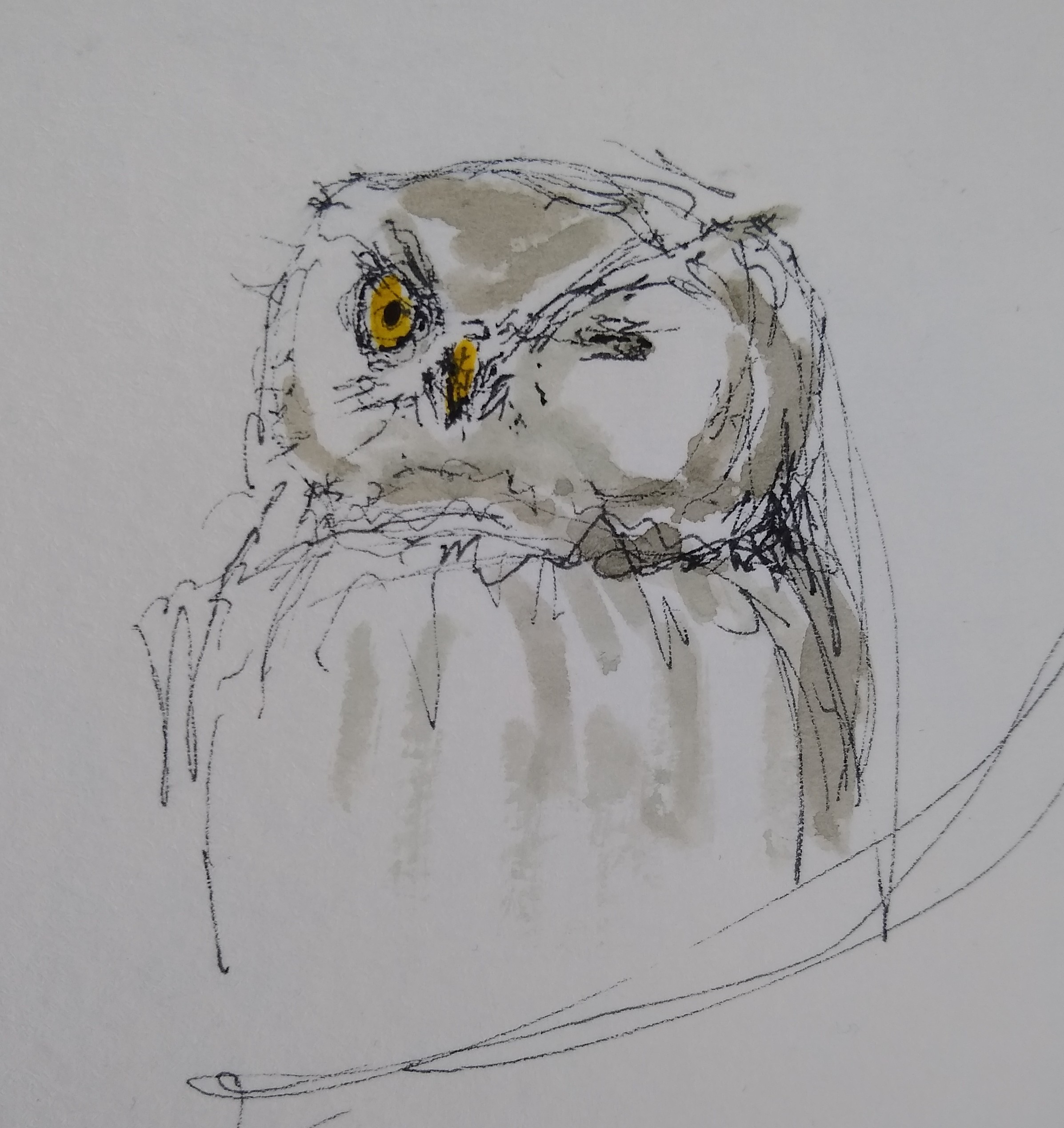This hawk is a sleek, rapid-flying bird that negotiates tree limbs at high speed when chasing its prey. One of its favorite prey is the Mourning Dove. Our backyard feeders attract Mourning Doves, so this means that this raptor is on the prowl.
When the backyard birds spot this raptor, they are gone in the blink of an eye. One second there are 2-3 dozen birds on the ground and at the feeders and an eye blink later there are zero birds. When this happens, I know this species is nearby.









